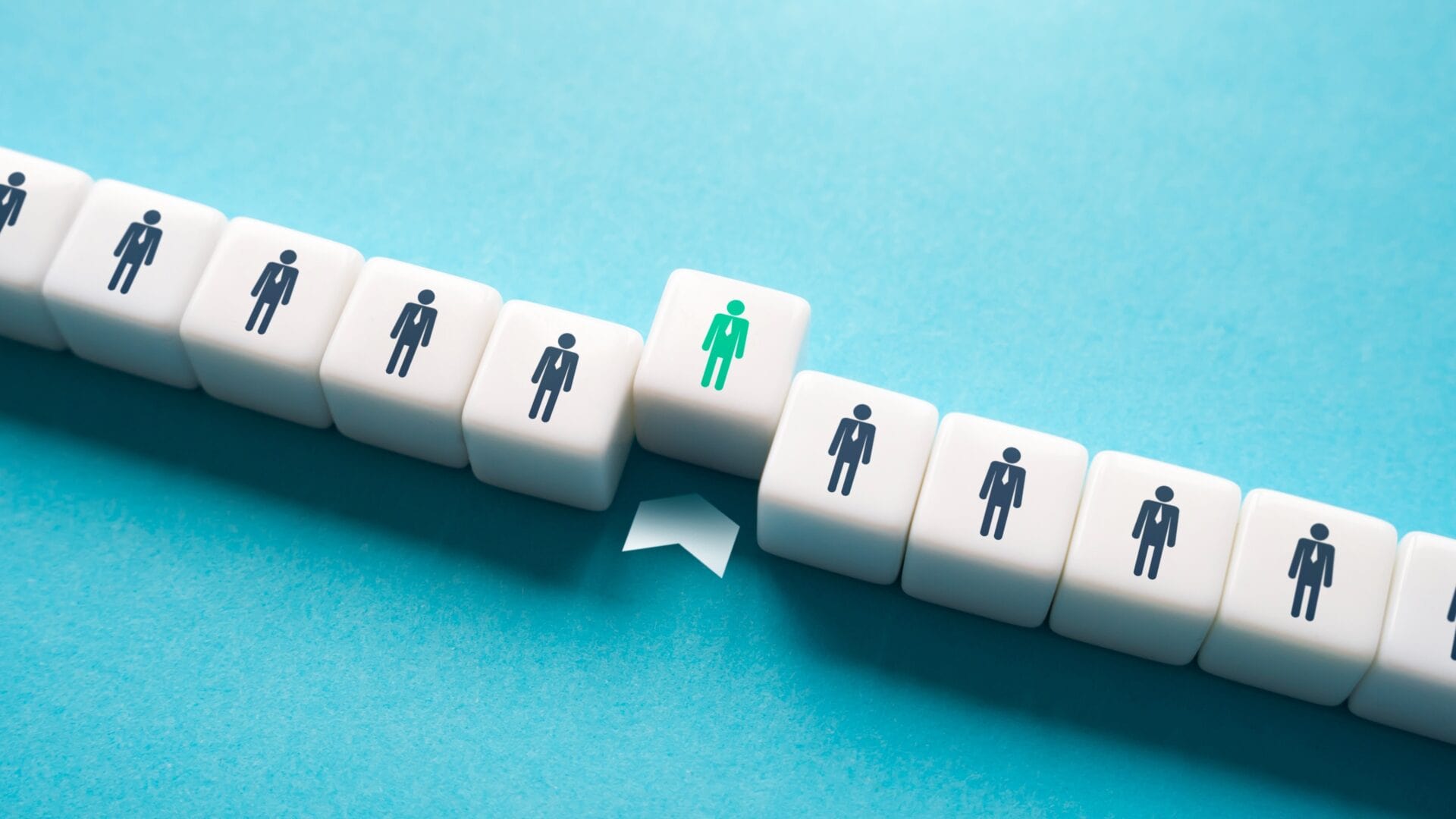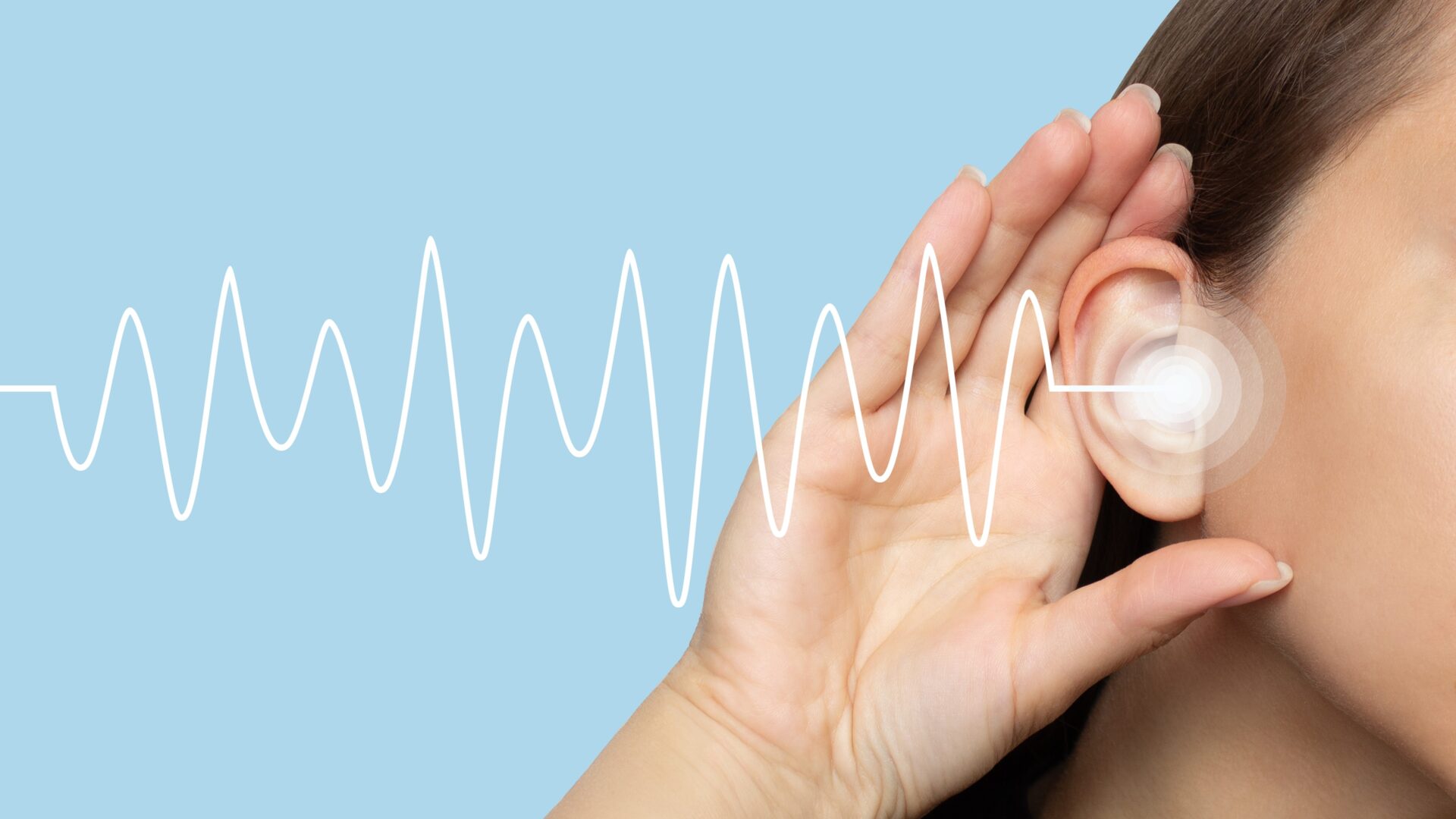Keyword Search
Date
Category
- Get Involved
- Leadership Resources
- Graduate Student Resources
- SAAy Anything
- Career Resources
- President's Corner
- Professional Development
- SAAy Anything
- Advisors Corner
- Career Resources
- Professional Development
- SAAy Anything









